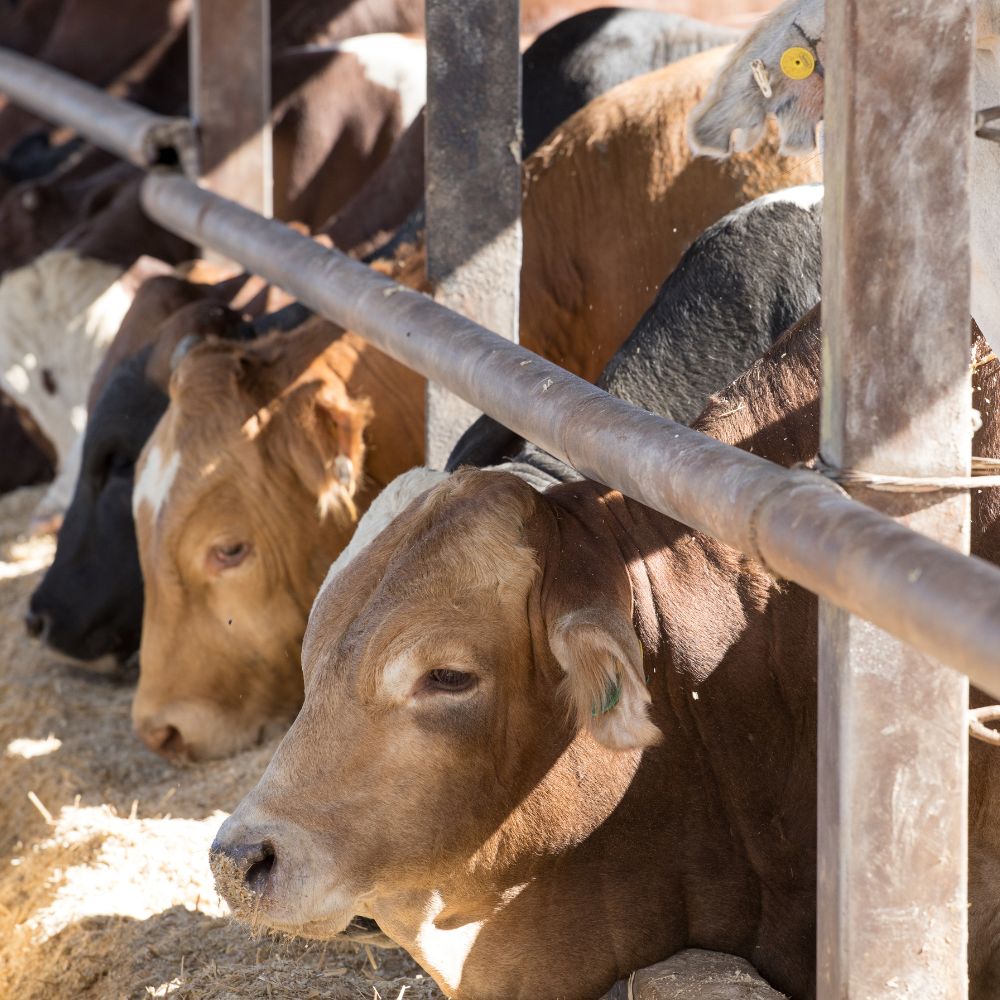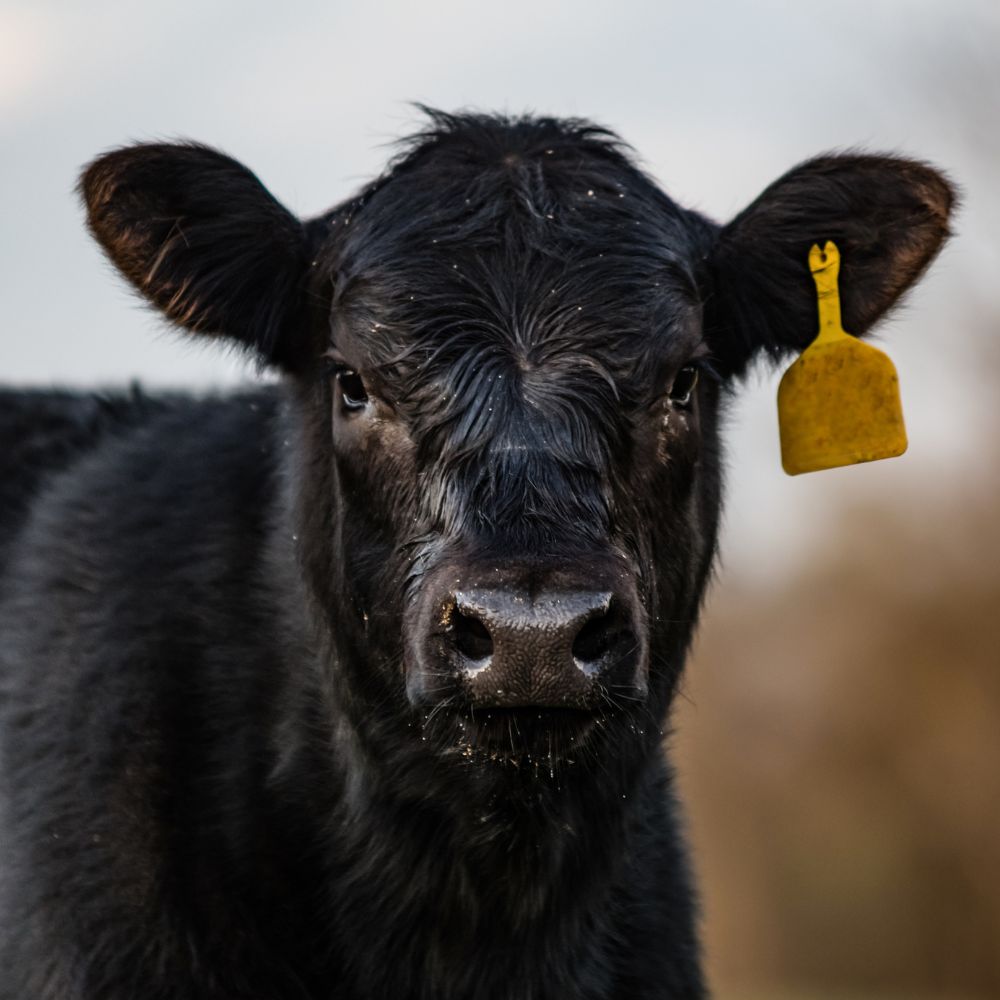Things about Bagley Risk Management
What Does Bagley Risk Management Mean?
Table of ContentsNot known Facts About Bagley Risk ManagementHow Bagley Risk Management can Save You Time, Stress, and Money.Not known Incorrect Statements About Bagley Risk Management The Best Guide To Bagley Risk ManagementBagley Risk Management for BeginnersBagley Risk Management Fundamentals Explained
When your contract reaches its end date, the last cost is computed using the CME Feeder Cattle Index. If the index falls below your agreement's protection price, you might be paid the difference.Animals Danger Protection (LRP) is a USDA subsidized insurance policy program that aids shield manufacturers from the risks that originate from market volatility. With LRP, producers are able to guarantee a flooring price for their livestock and are paid an indemnity if the market value is lower than the insured cost.
This item is meant for. Livestock insurance.
An Unbiased View of Bagley Risk Management

In the last number of months, several people at FVC and PCM have gotten inquiries from producers on which threat management tool, LRP vs. Futures, is better for a pork producer? Like many devices, the answer depends upon your operation's goals and circumstance. For this version of the Dr.'s Edge, we will certainly take a look at the scenarios that tend to prefer the LRP tool.
In Mike's analysis, he compared the LRP estimation versus the future's market close for every day of the past two decades! The percentage shared for each month of the offered year in the first section of the table is the percentage of days in that month in which the LRP calculation is less than the futures close or simply put, the LRP would possibly indemnify greater than the futures market - https://www.flickr.com/people/200015366@N02/. (Livestock risk protection insurance)
As an example, in January 2021, all the days of that month had LRP potentially paying greater than the futures market. On the other hand, in September 2021, all the days of that month had the futures market potentially paying even more than LRP (absolutely no days had LRP lower than futures close). The tendency that dawns from Mike's analysis is that a SCE of a LRP has a greater likelihood of paying a lot more versus futures in the months of December to Might while the futures market has a greater probability of paying more in the months of June to November.
Getting My Bagley Risk Management To Work

As an example, in 2019, LRP was better or within a $1. Table 2 depicts the ordinary basis of the SCE LRP calculations versus the future's close for the given time frameworks per year.
Once more, this data sustains more likelihood of an SCE of a LRP being better than futures in December through May for most years. As a common care with all evaluation, past performance is NO assurance of future performance! Likewise, it is crucial that manufacturers have accounting methods in position so they understand their cost of production and can better establish when to use risk management tools.
The smart Trick of Bagley Risk Management That Nobody is Talking About
Some on-farm feeders may be pondering the demand for cost protection currently of year on calves kept with the intent to feed them to a surface weight at some time in 2022, using available feed resources. Despite solid fed cattle prices in the current local market, feed prices and present feeder calf bone values still produce tight feeding margins moving ahead.
The existing average auction rate for 500-600 extra pound steers in Nebraska is $176 per cwt. This recommends a break-even cost of $127. The June and August live livestock agreements on the CME are currently trading for $135.
Cattle-feeding business tend to have limited margins, like many farming business, as a result of the affordable nature of the business. Cattle feeders can bid extra for inputs when fed cattle prices rise. https://www.viki.com/users/bagleyriskmng/about. This enhances the cost for feeder cattle, particularly, and rather increases the costs for feed and other inputs
The smart Trick of Bagley Risk Management That Nobody is Discussing
Nebraska livestock are close to major handling centers. As an outcome, basis is positive or no on fed livestock throughout much of the state.
Just in 2020 did the LRP protection rate exceed the finishing worth by sufficient to cover the premium cost. The net impact of having this LRP insurance coverage in 2019-20 was considerable, adding $17. 88 per cwt. to the lower line. The outcome is a positive typical net result over all five years of $0.
37 The producer costs declines at lower insurance coverage levels however so does the coverage rate. The impact is a lower web result (indemnity costs), as insurance coverage degree declines. This reflects reduced efficient degrees of protection. Since manufacturer premiums are so low at lower insurance coverage degrees, the manufacturer loss ratios (indemnity/premium) rise as the coverage level decreases.
The Single Strategy To Use For Bagley Risk Management
Generally, a manufacturer must check out LRP coverage as a system to shield result rate and subsequent revenue margins from a threat administration standpoint. However, some producers make an instance for guaranteeing at the reduced levels of protection by concentrating on the decision as an investment in risk management security.
